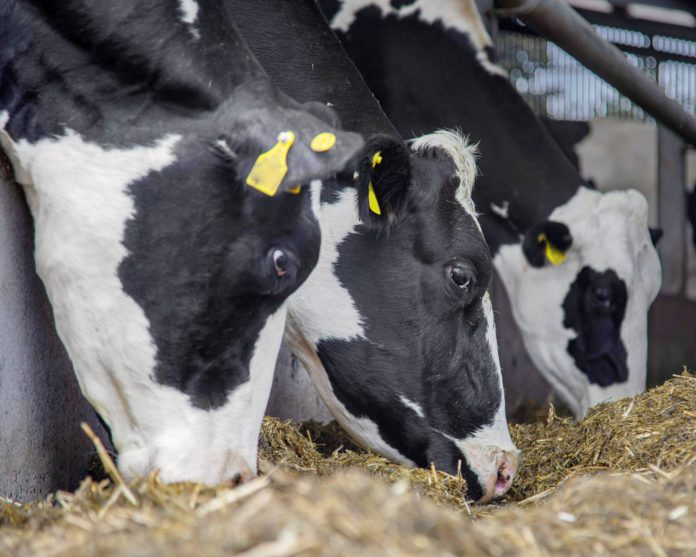Considering dairying?
According to Teagasc’s Padraig French, detailed planning and management are key when establishing a new dairy farm.
The Head of Livestock Systems Department & Dairy Enterprise Leader advises those considering entering dairy to develop, analyse and stress-test any plans that they develop.
Here are his top tips:
- Develop a physical plan for the farm to include milking and grazing infrastructure, animal housing and slurry storage;
- Develop a capital budget for the farm to quantify the total cost of converting to an operational dairy farm;
- Construct an operational budget for the farm to quantify the total costs and total income generated annually;
- Develop a timescale plan for the conversion of the farm;
- Managing the conversion phase.
Develop a physical plan:
- Cow numbers: Consider farm size and grass growth potential;
- Infrastructure: Design winter housing facility, milking facility and grazing infrastructure. Consider the number of cows planned and the farm;
- Operational plan: Management and employees.
Capital budget
- Estimate the cost of each item;
- Speak to other farmers;
- Develop a stock budget based on total number of stock;
- Consider costs: Transport, vaccines, disease testing costs – TB;
- Managing the conversion – who will be over?
Operational budget to quantity total costs and total income generated annually;
- Use Teagasc’s six-year budgeting tool to forecast cash inputs and outputs and profitability;
- Net profit plus opportunity cost of unpaid labour or land minus debt repayments divided by the total capital investment will give the return on capital;
- A target return on capital by year 5 should be >10%, assuming an average milk price;
- Stress test budget plan at a low milk price, particuarly in the early years after conversion.
Develop a timescale plan for the conversion
- Apply for planning for any development needed – allow six months;
- Meet the bank with the plan to secure any funding requirements – allow six months;
- When applying for grant aid for development, factor in time schedules;
- Aim to construct grazing infrastructure and farmyard facilities during the summer months when ground conditions are usually more suitable allow six months for construction;
- Ideally, install milking facilities before the winter to avoid peak workflow for suppliers;
- Plan the arrival/first calving of stock to match the timeframe of the farm development.
Managing the conversion phase.
- Provide contractors with a plan of what you require. Request a written quotation before the commencement of any work. Discuss some cost implications.
- Regularly monitor the costs relative to budget – you may need to make adjustments e to plans to ensure the project stays within budget. Target scarce funds to essential investment. You can add extras when funds allow;
- If you have inadequate experience or expertise in the supervision of construction of farm infrastructure, then seek help and, for large projects, a project manager could be a worthwhile investment.
- Ensure you adequately manage any stock during the conversion phase and are on target to meet their production requirement.
Other news articles on That’s Farming:





